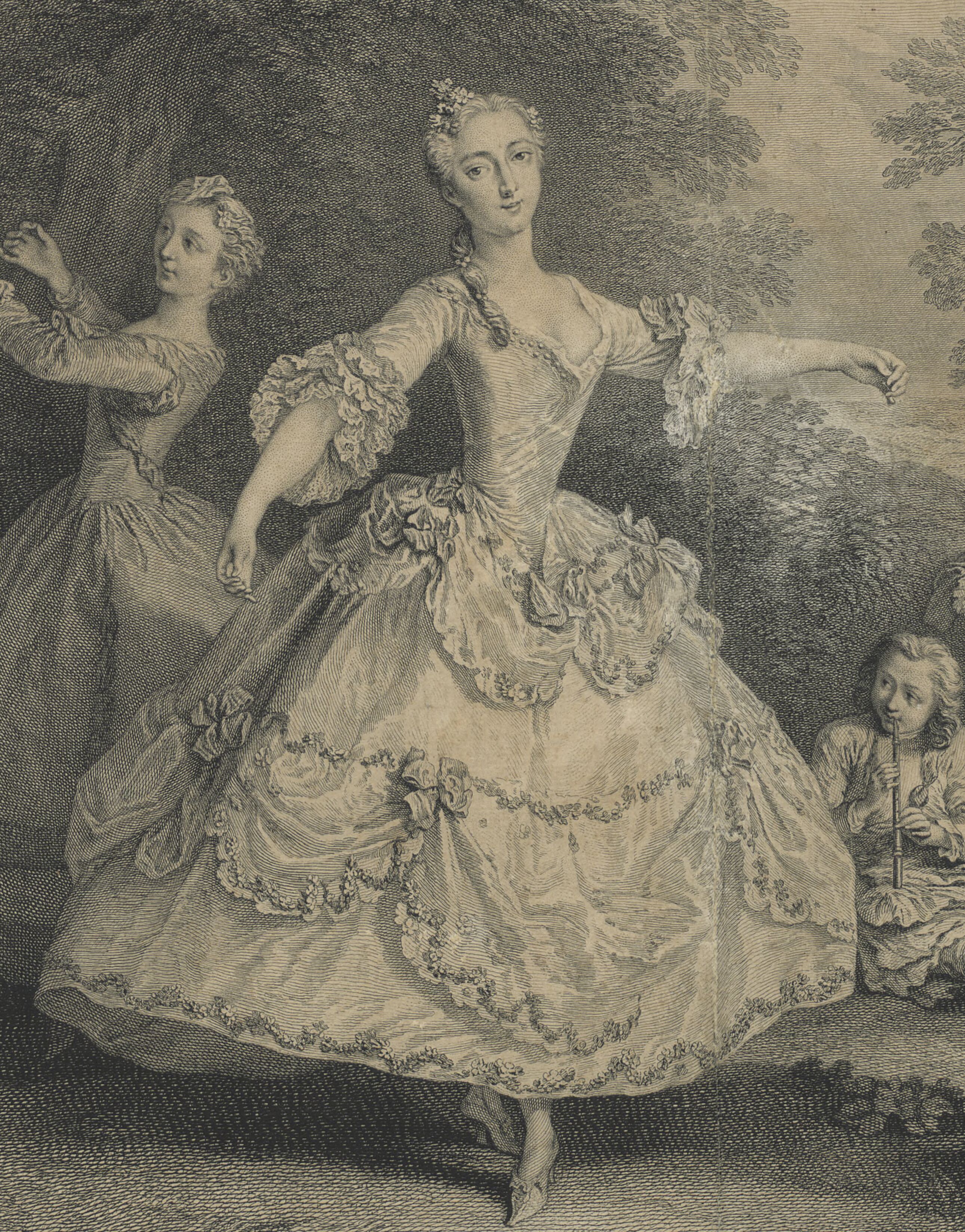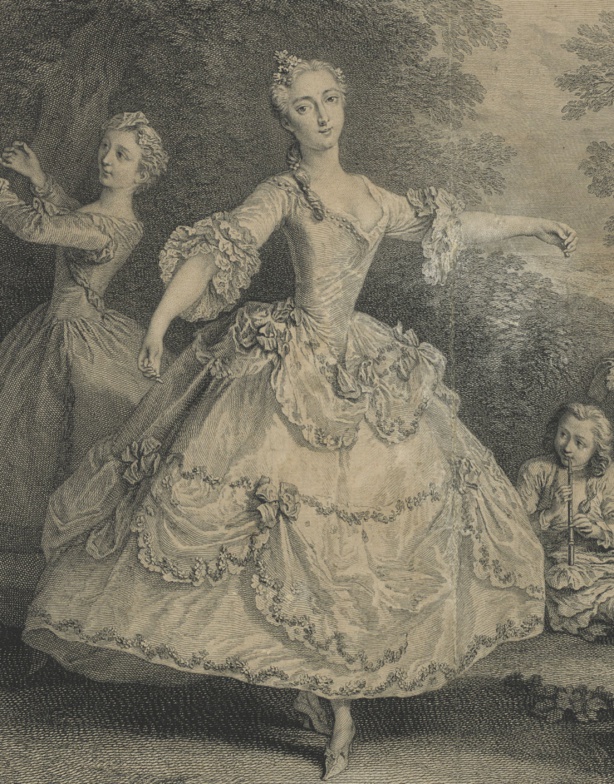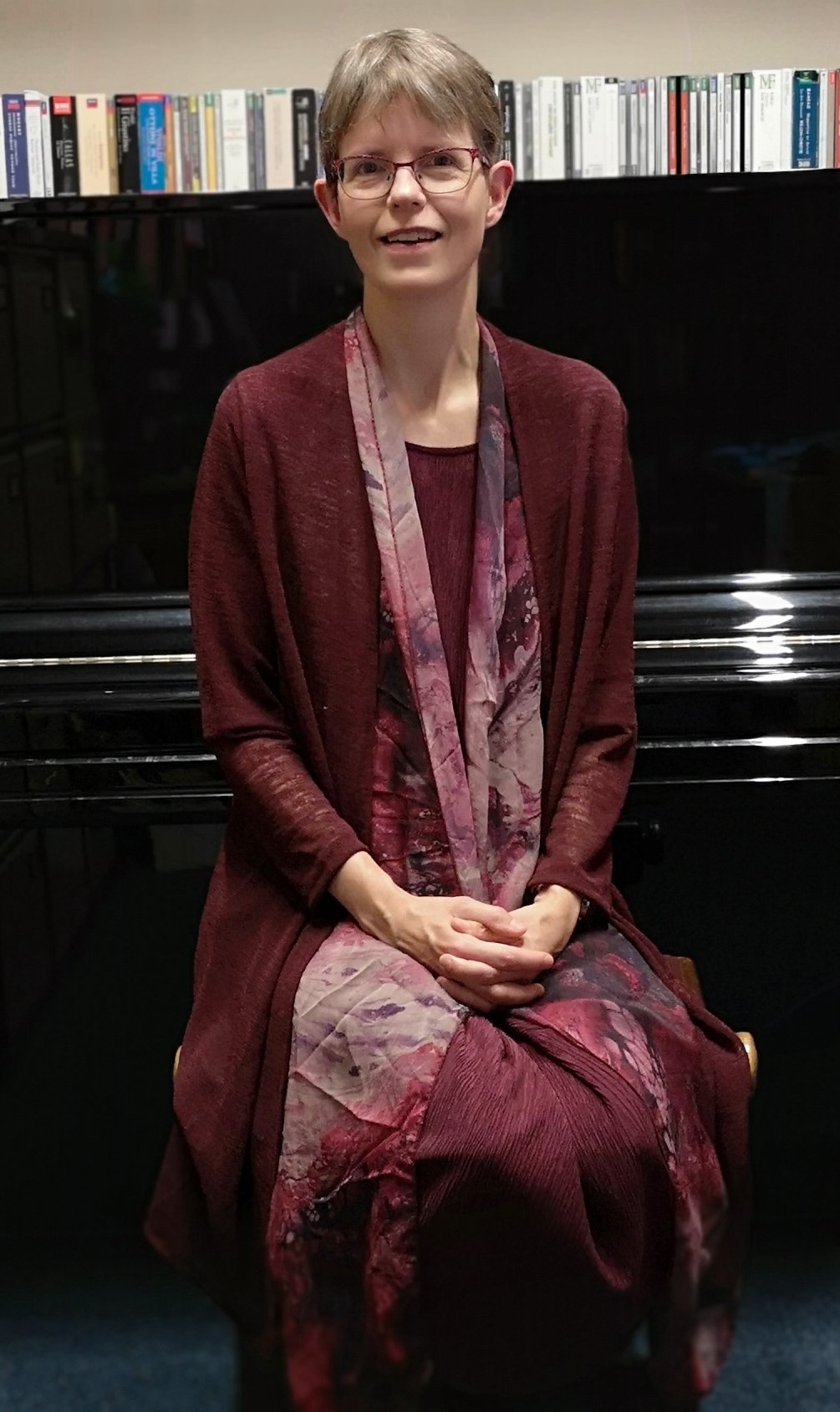Séminaire "Les Contemporaines" (Femmes de spectacle, 1640-1920).
Sarah McCleave (Queen’s University Belfast)
"Marie Sallé (1709?-1756): a biography for the 21st century"
15 mai 2024 à 10h (France)
Marie Sallé is a significant figure in the history of dance, and yet she has received no published biography since Emile Dacier’s study of 1909. For Dacier, biography was an art grounded in documentation; her Paris Opéra years, the conversation around her in Paris sources, and the genesis of her portraits received particular attention in his study. Stanley Vince, active in the mid 20th century, added to the historical record by discovering her early London years; he moves beyond the documentary impulse in an unpublished biography where an appreciation of the fairground milieu in which Sallé was trained adds some colour to the picture of her life. Modern scholars have discovered a new date of birth (Rubellin); an autograph letter on her London aspirations (Gibson); and a post-retirement London performance project (Charlton and Hibberd). In 2013 Gina Rivera's doctoral dissertation explored contemporary French critical sources on Sallé and Camargo in some depth, offering a rich perspective on their respective reception histories. Robert Kenny has done significant work on the Moylin clan and their travels (forthcoming, with University of Rochester Press). Yet knowledge of Sallé's activities between or after fixed contracts (at the Paris Opéra; in London with John Rich) remains sketchy; comprehending her influence on subsequent generations is a challenge still unmet. While applied research may narrow or remove some of these lacunae, how well would a new documentary biography serve a 21st-century readership? What approach to biography serves a subject for whom we have only two surviving letters, no diary or memoir, and limited documentation of her works? How can imagination and the archives be united to illuminate the place of this figure in the story of theatre dance?
Sarah McCleave is a reader in musicology in the School of Arts English and Languages Queen’s University Belfast. Her research explores dance on the lyric stage in London and the careers of individual dancers active in both Paris and London, 1720-1860. She has published in Dance Research, Grove Dictionary of Music, Choreologica, and La danza italiana; she contributed to Lynn Matluck Brooks’s edited anthology, Women’s Work: Making Dance in Europe before 1800 (University of Wisconsin Press, 2007). Her current project, ‘Fame and the Female Dancer’, has received funding from the Leverhulme Foundation and the Houghton Library, Harvard; the project blog can be found at: https://blogs.qub.ac.uk/dancebiographies
—
Lien Zoom :
https://us06web.zoom.us/j/85694176137
Réunion : 856 9417 6137
—
Projet "Les Contemporaines" :
Contact : sabine.chaouche.pro@gmail.com
Sarah McCleave (Queen’s University Belfast)
"Marie Sallé (1709?-1756): a biography for the 21st century"
15 mai 2024 à 10h (France)
Marie Sallé is a significant figure in the history of dance, and yet she has received no published biography since Emile Dacier’s study of 1909. For Dacier, biography was an art grounded in documentation; her Paris Opéra years, the conversation around her in Paris sources, and the genesis of her portraits received particular attention in his study. Stanley Vince, active in the mid 20th century, added to the historical record by discovering her early London years; he moves beyond the documentary impulse in an unpublished biography where an appreciation of the fairground milieu in which Sallé was trained adds some colour to the picture of her life. Modern scholars have discovered a new date of birth (Rubellin); an autograph letter on her London aspirations (Gibson); and a post-retirement London performance project (Charlton and Hibberd). In 2013 Gina Rivera's doctoral dissertation explored contemporary French critical sources on Sallé and Camargo in some depth, offering a rich perspective on their respective reception histories. Robert Kenny has done significant work on the Moylin clan and their travels (forthcoming, with University of Rochester Press). Yet knowledge of Sallé's activities between or after fixed contracts (at the Paris Opéra; in London with John Rich) remains sketchy; comprehending her influence on subsequent generations is a challenge still unmet. While applied research may narrow or remove some of these lacunae, how well would a new documentary biography serve a 21st-century readership? What approach to biography serves a subject for whom we have only two surviving letters, no diary or memoir, and limited documentation of her works? How can imagination and the archives be united to illuminate the place of this figure in the story of theatre dance?
Sarah McCleave is a reader in musicology in the School of Arts English and Languages Queen’s University Belfast. Her research explores dance on the lyric stage in London and the careers of individual dancers active in both Paris and London, 1720-1860. She has published in Dance Research, Grove Dictionary of Music, Choreologica, and La danza italiana; she contributed to Lynn Matluck Brooks’s edited anthology, Women’s Work: Making Dance in Europe before 1800 (University of Wisconsin Press, 2007). Her current project, ‘Fame and the Female Dancer’, has received funding from the Leverhulme Foundation and the Houghton Library, Harvard; the project blog can be found at: https://blogs.qub.ac.uk/dancebiographies
—
Lien Zoom :
https://us06web.zoom.us/j/85694176137
Réunion : 856 9417 6137
—
Projet "Les Contemporaines" :
Contact : sabine.chaouche.pro@gmail.com








